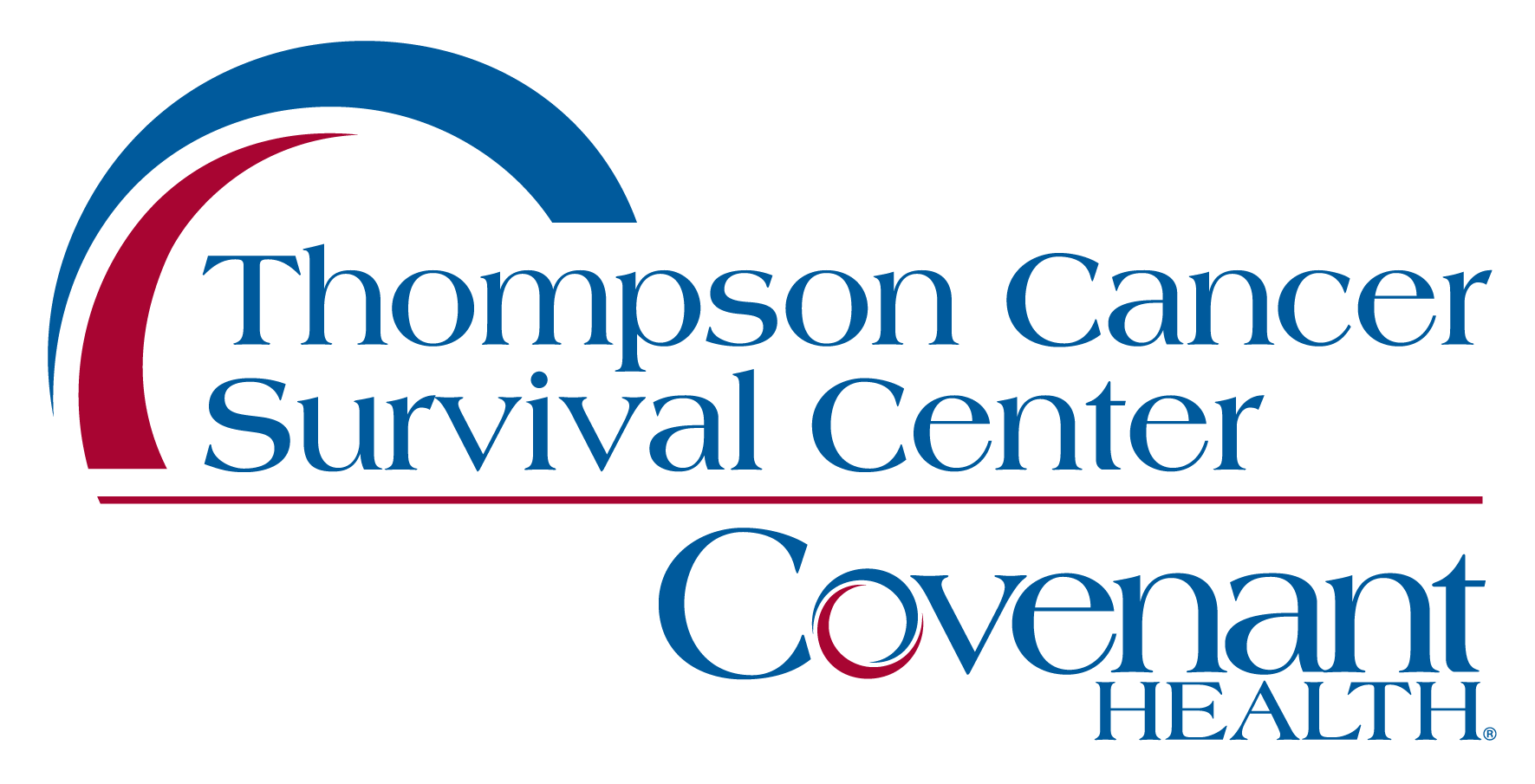Skin Cancer

Overview
Skin cancer is a disease that begins in the cells of the skin. The affected area is often called a lesion. The three most common forms of skin cancer are basal cell carcinoma, squamous cell carcinoma, and melanoma. Although melanoma is less common, it is the most dangerous.
Signs and Symptoms
Skin cancer can be treated successfully if found early. That is why regular skin exams are important.
If you see any moles with the following characteristics, make sure you see your healthcare provider as soon as possible.
- Asymmetry. One half of the mole doesn’t match the other.
- Border Irregularity. The edges of the mole are ragged or irregular.
- Color. The mole has different colors in it. It may be tan, brown, black, red, or other colors. Or it may have areas that seem to have lost color.
- Diameter. The mole is bigger than six millimeters across, or about the size of a pencil eraser.
- Evolving. A mole changes in size, shape, or color.
For a complete guide on the signs and symptoms of skin cancer, click here.
Risk Factors
Although the risk factors for melanoma and nonmelanoma cancers are slightly different, the most common risk facts for all types of skin cancer include:
- Age. The risk for developing skin cancer rises as you age.
- Gender. Men are at a higher risk for developing skin cancer than women.
- Sun exposure. The sun’s ultraviolet (UV) rays can damage your skin and lead to skin cancer. The more time you spend in the sun, the greater your chances of getting skin cancer.
- Artificial tanning. The use of tanning beds and sunlamps has been linked to an increased risk of skin cancer.
- Fair skin, light hair. People with pale skin, red or blond hair, and green, blue, or gray eyes have an increased risk of skin cancer. Having many freckles also increases your risk. But even people with darker skin can get skin cancer.
- Personal history of skin cancer. People who have had melanoma or another type if skin cancer before are more likely to develop cancer again.
- Family history. People whose parents or siblings have had melanoma are at higher risk of melanoma. In some families, people share specific gene changes that increase their risk. For example, some families share changes in a gene known as CDKN2A, which increases their risk. Still, known gene changes account for only a small portion of melanomas.
- Certain inherited conditions. People with certain rare, inherited conditions, such as xeroderma pigmentosum (XP), are at increased risk of developing the disease.
- Weakened immune system. People who have a weakened immune system, such as people who have had an organ transplant, are at higher risk of cancer.
Treatment Options
Skin cancer is most often treated with surgery, although chemotherapy, targeted therapy, radiation therapy, photodynamic therapy, and biologic therapy are used in some cases. To learn more about these treatment options, click here.

